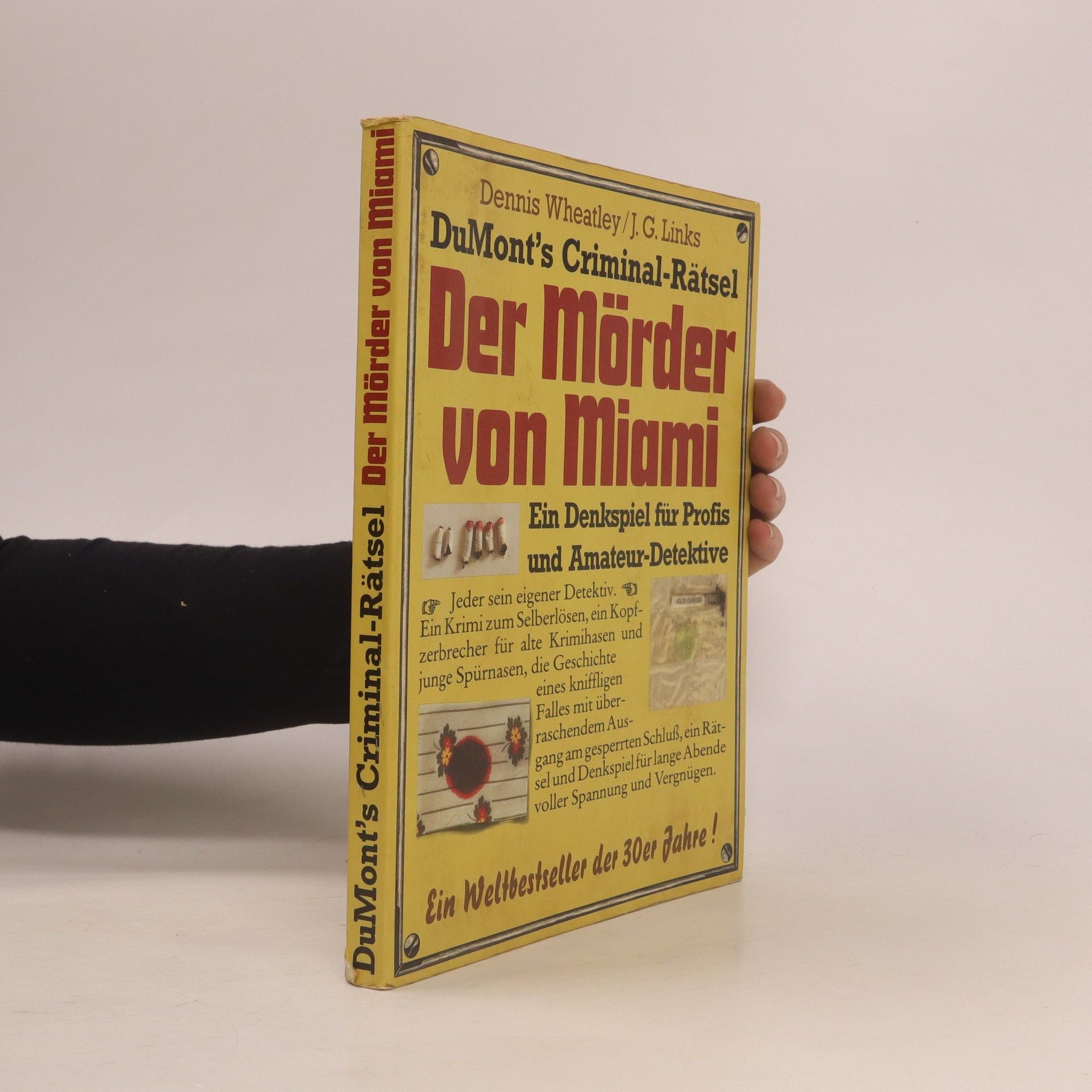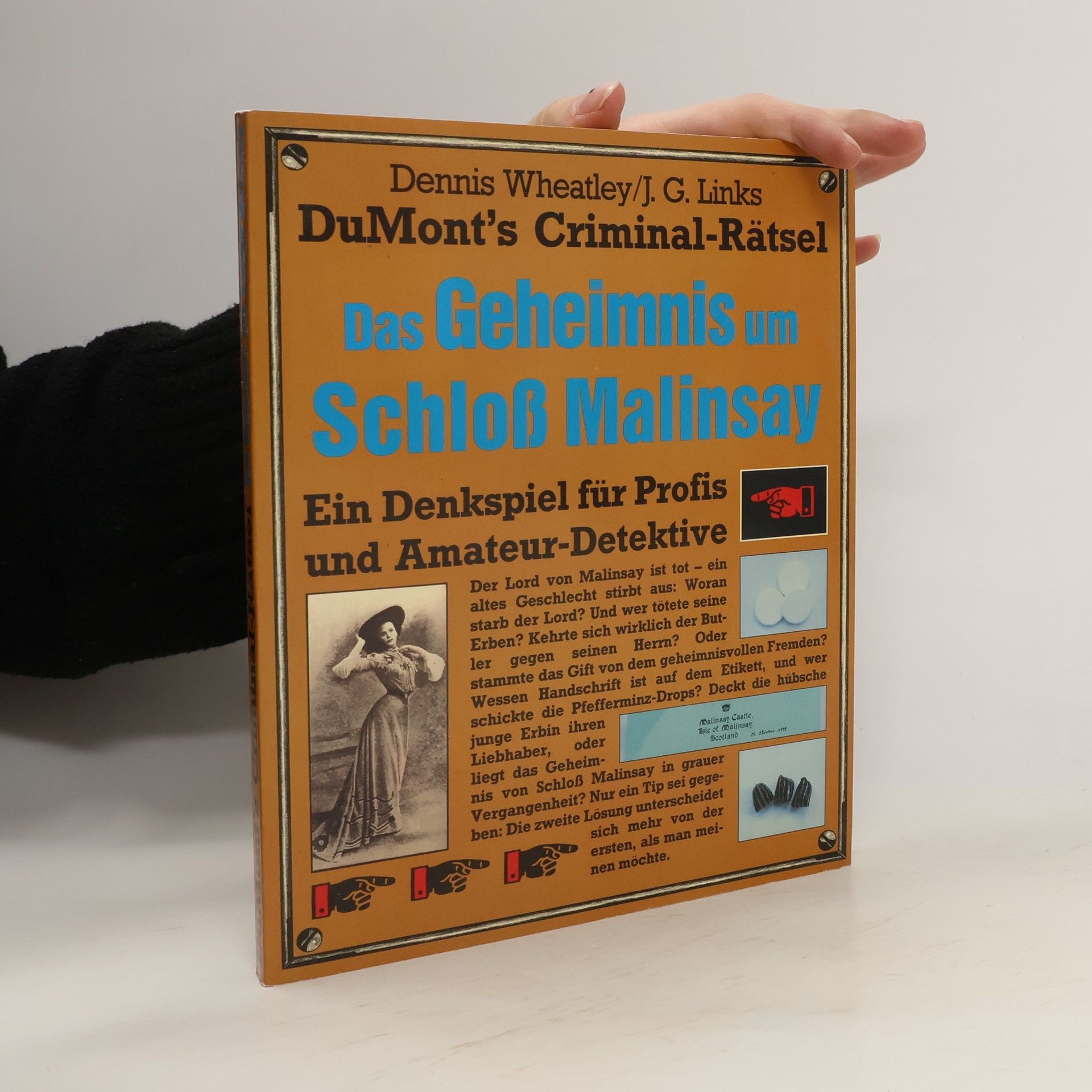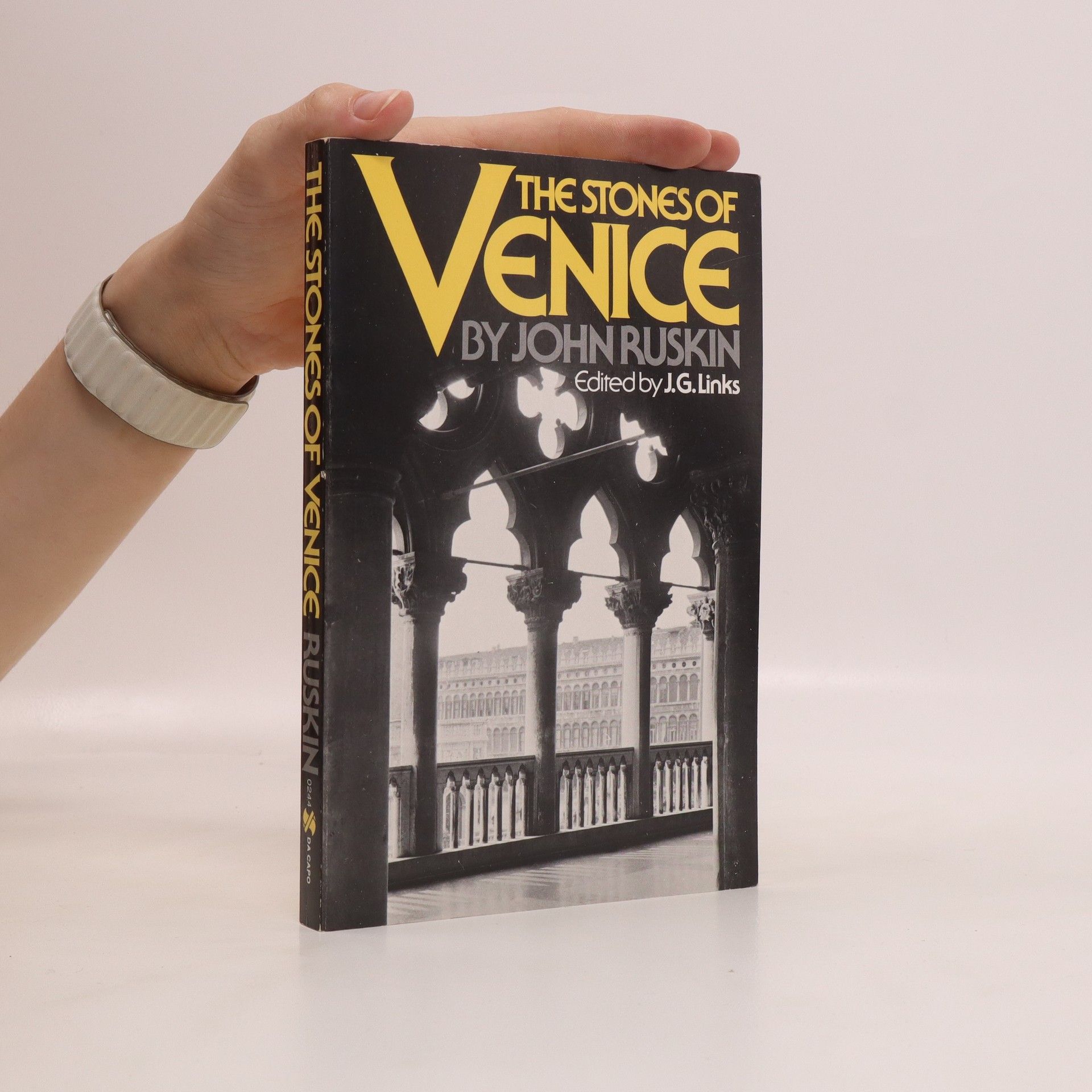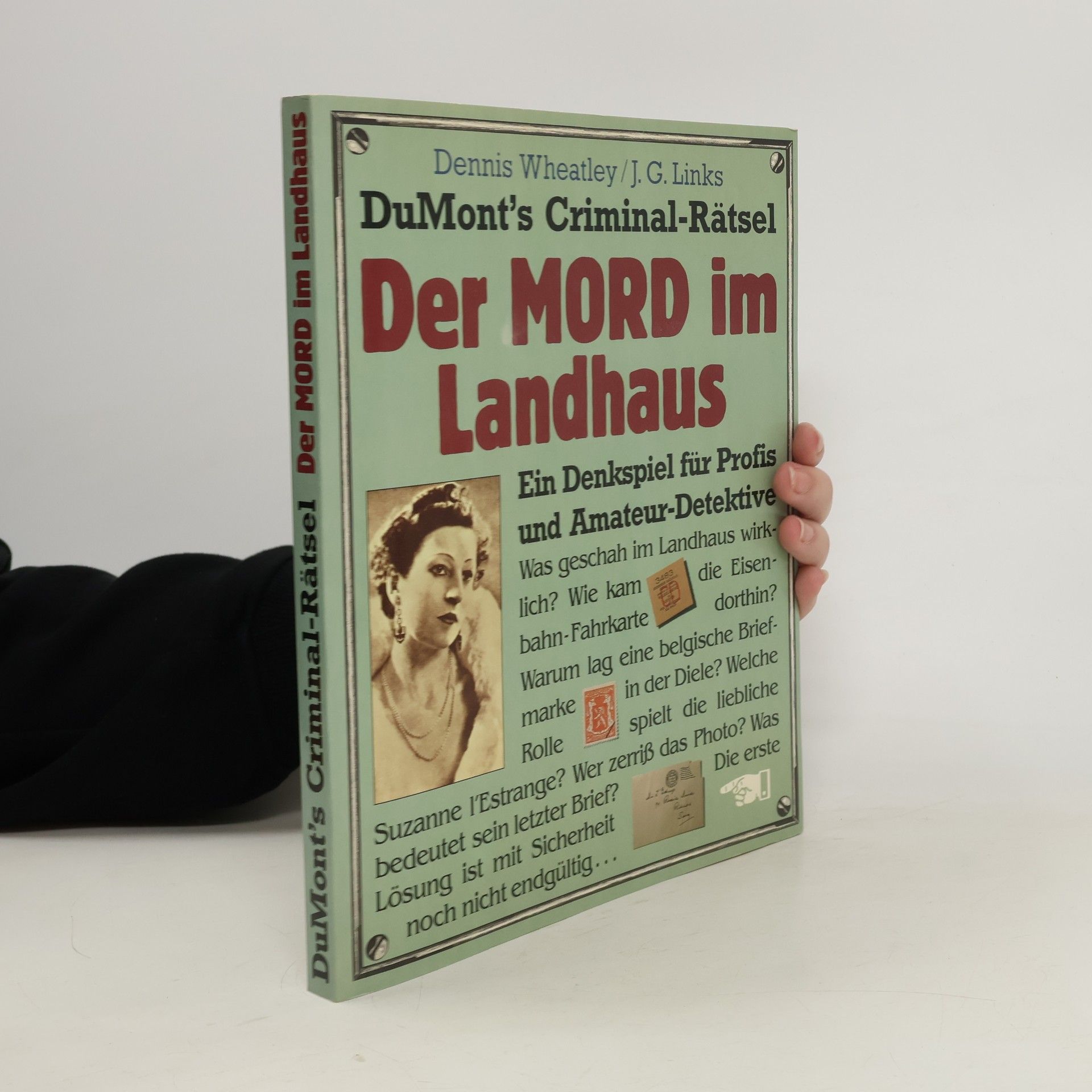Taková interaktivní detektivka - Jaký je význam železniční jízdenky nalezené v chalupě, kde se oběť potkal se svou milenkou, půvabné Suzanne L'Estrange? Proč bylo belgické razítko nalézeno v hale? Proč Robert Prentice napsal takový pomstychtivý dopis Miss L'Estrange a jaký byl výsledek? Co mohl vyděrač vidět přes okno ložnice, a proč roztrhl svou fotografii? Zcela netradiční detektivní kniha, kde jsou ručně vlepeny „stopy“ a indicie pro čtenáře (lístek, známka roztržená fotografie atd.)
J. G. Links Knihy






”It is in Venice, and in Venice only, that effectual blows can be struck at this pestilent art of the Renaissance. Destroy its claims to admiration there, and it can assert them nowhere else.” This was Ruskin's war cry as he entered the now almost forgotten Battle of the Styles on the side against ”the school which has conducted men's inventive and constructional faculties from the Grand Canal to Gower Street.”But first the reader must know the difference between right and wrong; he must find out for himself the best way of doing everything. ”I shall give him stones, and bricks and straw, chisels and trowels and the ground, and then ask him to build, only helping him if I find him puzzled.”Unhappily, both these exciting objectives were attained only after the expenditure of nearly half-a-million words; glorious words, but too many. For fifty years, The Stones of Venice was read by all who went there and thousands who could not; the sightseers whom the city captivates today seldom have its greatest guidebook with them.It is the aim of this new edition to put a fascinating book within reach of travelers—active or armchair—with limited resources of time. Much that was superfluous has been omitted; what remains is the essence of a now very readable and portable book. It is a book for the lover of architecture, the lover of Venice, the lover of lost causes, and, perhaps above all, for the lover of fine writing.
